CONTENTS
Guide

An Imprint of Simon & Schuster, Inc.
1230 Avenue of the Americas
New York, NY 10020
www.SimonandSchuster.com
Copyright 2021 by Bradford Pearson
All rights reserved, including the right to reproduce this book or portions thereof in any form whatsoever. For information, address Atria Books Subsidiary Rights Department, 1230 Avenue of the Americas, New York, NY 10020.
First Atria Books hardcover edition January 2021
 and colophon are trademarks of Simon & Schuster, Inc.
and colophon are trademarks of Simon & Schuster, Inc.
For information about special discounts for bulk purchases, please contact Simon & Schuster Special Sales at 1-866-506-1949 or .
The Simon & Schuster Speakers Bureau can bring authors to your live event. For more information or to book an event, contact the Simon & Schuster Speakers Bureau at 1-866-248-3049 or visit our website at www.simonspeakers.com.
Interior design by Dana Sloan
Jacket design by Kelli McAdams
Jacket photographs courtesy of the National Archives and the Heart Mountain Wyoming Foundation
Author photograph by Tony Hoffer
Library of Congress Cataloging-in-Publication Data is available.
ISBN 978-1-9821-0703-1
ISBN 978-1-9821-0705-5 (ebook)
For Freddy
AUTHORS NOTE

Terminology
W ORDS MATTER, AND often the words used to describe the wartime experiences of 120,000 people of Japanese descent in the 1940s are inadequate. Japanese internment is the most common inadequacy; both words are incorrect.
As this book attempts, in part, to explain, the mass removal known colloquially as Japanese internment was forced mostly upon Americans of Japanese descent. And the Japanese who were removed had been in the United States for decades but barred from naturalization.
Internment, according to the Japanese American Citizens League, refers to the detention of enemy aliens during wartime. This applies to a smaller group imprisoned in U.S. Army and Justice Department campsapproximately eight thousand Japanese and smaller numbers of Germans and Italiansbut not to the majority imprisoned in War Relocation Authority camps. The word internment was not widely used by scholars as a synonym for the incarceration of all Japanese Americans until the 1950s, according to UCLA Asian American Studies professor emeritus Lane Ryo Hirabayashi. In replacing internment Ive followed the lead of Denshoa Seattle-based nonprofit dedicated to preserving and sharing the story of Japanese American incarcerationand called it just that: incarceration. Its an imperfect solution, implying that those imprisoned had committed crimes, but it is the best option.
Following Denshos lead, I called the sites of imprisonment concentration camps or simply camps. This usage is not meant to conflate the histories of Japanese American incarceration and the Holocaust in any way. Those imprisoned are incarcerees. Other government terminology, such as relocation center, evacuation, and colonists, is used only when referring to the formal name of a camp or in direct quotes; that reasoning is explained later.
One final primer on a few Japanese expressions used. Nikkei refers to the Japanese diaspora (to those emigrants from Japan and their descendants), and I use it in this book to encompass Japanese Americans and their Japanese families in America. Issei refers to the first generation of Japanese immigrants; nisei refers to their children, the first Japanese Americans. Though used much less, sansei (third generation) is also employed.
PART
CHAPTER ONE

City of Good Neighbors
D O YOU KNOW what your people did?
George Yoshinaga spent the Sunday morning of December 7, 1941, the same way he spent most Sunday mornings: with 10 cents in his pocket and his feet trained to Knights Pharmacy. Since George was a little boy, his father or one of his older brothers would press a dime into his palm and send him on the five-minute journey to pick up the San Francisco Chronicle. The Yoshinagas subscribed to the Japanese-language Nichi Bei Times, but they made it a point to buy the Chronicle on Sundays.
Sixteen-year-old George had padded his way out of their Mountain View home and down the three blocks of Dana Street until he hit Castro, the main street of the farming community. He picked up the newspaper and paid, and then, as he was making his way to the door, his classmate Chuck entered and posed that question. Do you know what your people did?
What do you mean my people? George replied.
A popular if unmotivated student, George was one of only a handful of Japanese Americans in his class at Mountain View High School. His peers, recognizing his charm, had elected him class president that year, which had helped boost his otherwise dubious standing as a boy with only a C average.
They bombed Hawaii, Chuck said.
Hawaii, George thought as his mind whirled. Where is Hawaii?
Chuck scoffed and suggested that George listen to the radio when he got home. Sure enough, when George stepped back through the doorway of 267 Bush Street, his brother Kay informed him of the news: the fire, the deaths. The fighter planes lined up neatly along Oahus Hickam Field, half-burned and bombed and destroyed. The eight battleships, three cruisers, and three destroyers damaged. Within a few days, the death toll would be 2,403.
The next morning, George walked into Mountain View High School as he typically did. But nothing was typical anymore.
Usaburo Yoshinaga was born in 1867 on Kyushu, the southernmost of Japans main islands. A rugged and rain-soaked wonderland covered in mountains and sulfuric hot springs, its most ominous feature was Mount Aso. One of the worlds largest active volcanoes, it had the unsettling distinction of producing more explosive eruptions than any other.
Usaburo had grown up in a rice-farming family, well-off enough to own land, but not so well-off to prevent him from seeking opportunity elsewhere. By his early twenties he was on a boat headed for Seattle, for a job with the railroad. Usaburo owned a dead smile and an anvil of a haircut; the outsides of his eyebrows sat a half-inch higher on his face than the insides, creating the appearance of a permanent glower. He posed for photos with clenched fists, their veins bulging.
In 1910, and decades behind most men of his generation, Usaburo began his search for a wife. For an overwhelming number of Japanese men in America at that time, this meant a search for a picture bride. It was a crude form of matchmaking: men in America would flip through pictures of selected women and pick one, and the bride would arrive by boat months later. The men often put a thumb on the scale of the process, sending photos of their younger selvesor of entirely different mento the womens parents. Theyd lean on cars they didnt own or borrow suits just for the photo. Once the inevitably disappointed woman arrived from Japan, she and the man would be married in a mass ceremony along with the dozens of other couples meeting for the first time. The ceremonies took place right on the dock, some just minutes after the bride fainted upon seeing her husband.


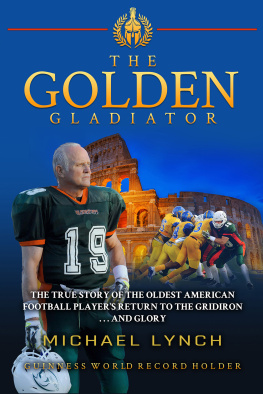
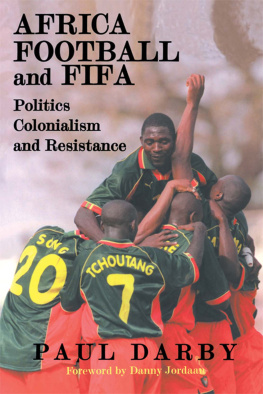

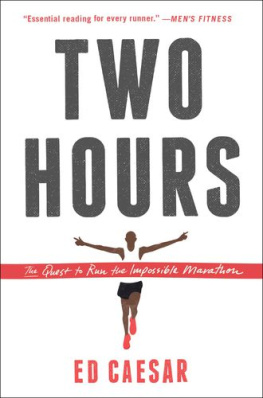
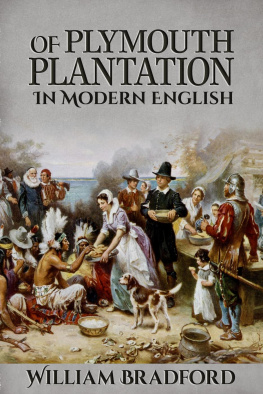
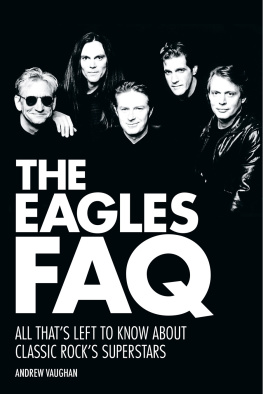
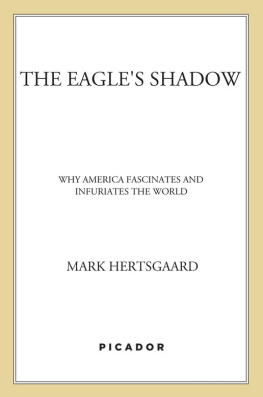
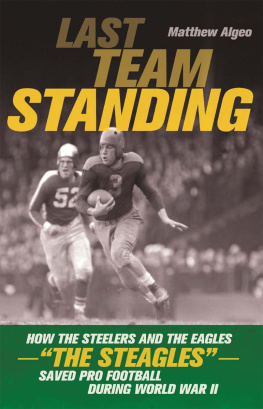
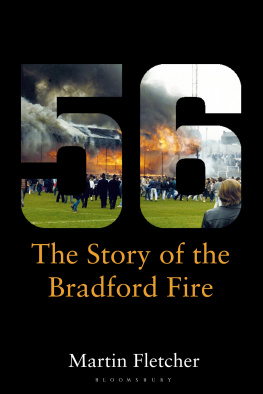
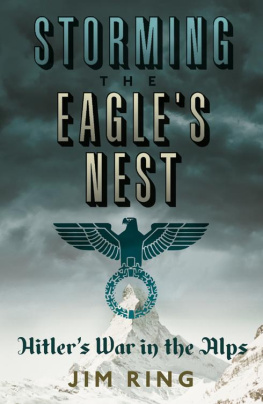



 and colophon are trademarks of Simon & Schuster, Inc.
and colophon are trademarks of Simon & Schuster, Inc. Terminology
Terminology